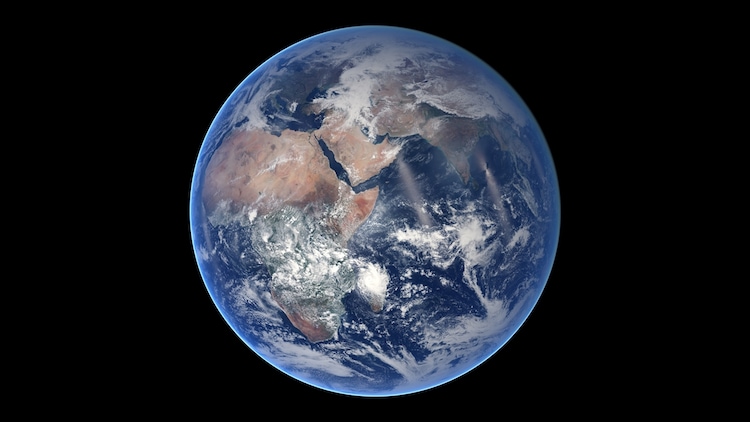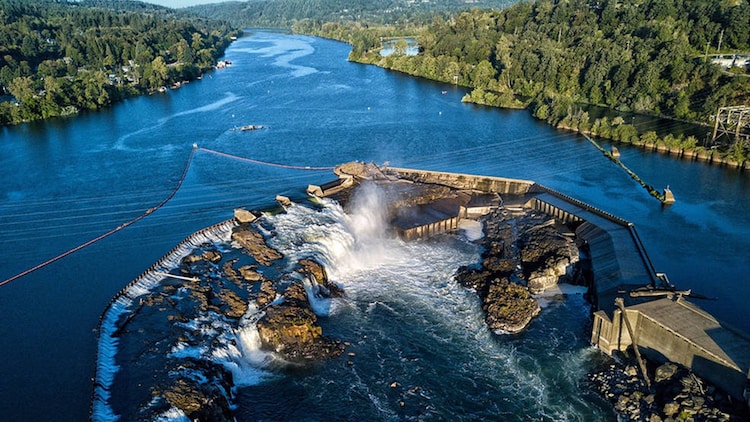
Water on Earth did not form on its own. It was sucked from space
The recent study challenges conventional ideas and introduces a mechanism where the Earth rapidly formed through the accumulation of small pebbles.

In Short
- The recent study challenges conventional ideas of Earth formation
- It states Earth formed in just a few million years
- The study is published in the journal Nature
Scientists have made a surprising discovery that suggests the Earth might have formed more quickly than previously believed.
It appears that tiny millimeter-sized pebbles coming together could have led to the accumulation of Earth in just a few million years.
In contrast to long-standing theories proposing a formation time of over 50-100 million years, researchers estimate that the presence of water on Earth is a result of its formation.
The recent study challenges conventional ideas and introduces a mechanism where the Earth rapidly formed through the accumulation of small pebbles. This finding implies that water is a byproduct of Earth's formation.
Martin Bizzarro, one of the researchers involved in the study, explains, "We show that the Earth formed by the very fast accumulation of small millimeter-sized pebbles. In this mechanism, the Earth was formed in just a few million years. Based on our findings, it appears that the presence of water on Earth is a byproduct of its formation."
Also Read | Earth's pole has moved and India has had a big hand in it
The study, published in the journal Nature, highlights the ongoing debate about the mechanisms behind the formation of terrestrial planets and introduces theories like pebble accretion, which allows for rapid formation timescales.
Understanding the mechanisms of planet formation has broader implications, including aiding in the identification of exoplanets outside our Solar System. Bizzarro states, "With this new planet formation mechanism, the chance of having habitable planets in the galaxy is much higher than we previously thought."
To establish genetic relationships between Earth, Mars, and other celestial objects, the team analyzed the isotopic composition of over 60 different meteorites and planetary bodies.
The analysis suggests that approximately 4.5 billion years ago, the Sun was a young star surrounded by a disk of gas and dust, known as a proto-planetary disk. The formation of planets was facilitated by the collission of these tiny particles. This process resulted in the presence of water on Earth.
See pics | Chandrayaan-3: New pictures of India's shiny lunar spacecraft are here
Isaac Onyett, a team member, adds, "The disk also contains many icy particles. As the vacuum cleaner effect draws in the dust, it also captures a portion of the ice. This process contributes to the presence of water during Earth's formation, rather than relying on a chance event delivering water 100 million years later."
This "vacuuming" of small dust particles not only played a crucial role in Earth's formation but also ensured the delivery of water to our planet.
Bizzarro concludes, "This theory would predict that whenever you form a planet like Earth, you will have water on it. If you go to another planetary system where there is a planet orbiting a star the size of the Sun, then the planet should have water if it is at the right distance."
Also Read | Scientists create synthetic human embryo in major medical breakthrough

